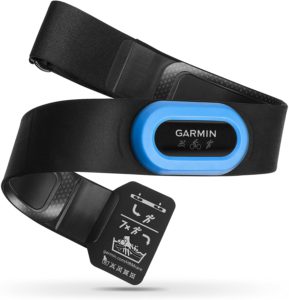
Heart Rate Variability (HRV) is the measurement of the intervals between your heartbeats. HRV varies by individual and tends to lower with age. It’s an extremely sensitive metric. It fluctuates greatly throughout the day and from one day to the next.
Heart Rate Variability
HRV is associated with the levels in the blood of C-reactive protein (CRP), a protein that is produced by the liver as a response to inflammation. High levels of CRP can indicate high levels of inflammation in your body, which is associated with a greater risk of hypertension, diabetes and cardiovascular disease. So, it’s important to have high HRV.
Why Looking at HRV is Important?
HRV is an important metric when it comes to your overall health and well-being. Tracking your HRV can help you gain a better understanding of:
- Stress levels
- Sleep
- Nutrition
- Mental health
- Inflammation levels
- Risk of disease
For example, if you’d like to see the effect of adopting a vegan or vegetarian diet has on your body, the impact will be noticeable in your heart rate variability trend. Conversely, if your daily routine and lifestyle are unchanged but your HRV is on a downward trend, it may be an indicator of increased stress or an oncoming illness.

Measuring HRV
There are numerous HRV monitors on the market. Some use a wrist strap, some use a finger sensor and others use a chest strap. The chest strap versions tend to be more accurate than the others. Most importantly, it’s important to be able to easily track your HRV. Using one that has an app makes it easy to track on your phone, for example. You want to look for a trusted brand, such as Polar or Garmin.
Since HRV varies by person, stating a “normal” range is difficult. Rather than looking at specific numbers, it’s more useful to follow your own trends. For example, if you’re taking steps to improve your fitness and overall health, over time you should see a gradual increase in your average heart rate variability—that means you’re on the right track!
Get Yours Here…
BUY HERE